Where Mergers Work and How to Improve Them
Mergers and alliances are again the topic of conversation among nonprofits as the impact of COVID-19 continues to ripple through the sector. Many nonprofits feel direct or indirect pressure from funders to consider mergers and they are right to consider this option carefully. Having facilitated mergers over the last 22 years, La Piana Consulting recently completed a retrospective evaluation of its merger and alliance clients looking back ten years to better understand the impacts of strategic restructuring on these nonprofits. The results provide timely insights for those in the field who want to know more about their peers’ experiences before entering into their own process.
We used questions developed by the Sustained Collaboration Network and heard from thirty organizations (about 10% of unduplicated survey respondents) representing the healthcare, human services, education, environment, and agriculture subsectors. These surveyed nonprofits report positive impacts from mergers and alliances in:
- Brand/Reputation
- Public visibility
- Expertise/knowledge
- Financial health
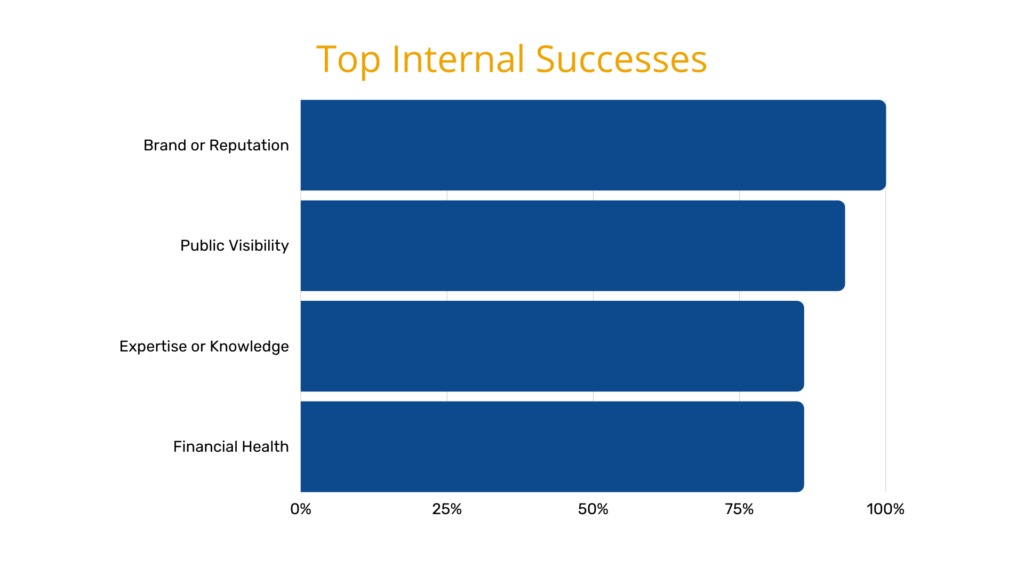
Nonprofit leaders often worry that funding will decrease after a merger or alliance. Despite this, 78% of our respondents reported seeing positive impacts in fundraising. One respondent shared that their organization was “able to gain a larger share of investments even during COVID because of the [integration]” and another stated that “additional funding partners came to the table, unasked.”
93% of our respondents noted an improvement in financial strategy and awareness following the assessment phase of the process and 88% reported an increase following the negotiation phase. This indicates that even prior to a merger or alliance, the pre-negotiation assessment phase, where our consultants offer a customized review of each organization’s current health and its prospects for a successful merger, organizations were already seeing a positive impact on financial strategy and awareness.
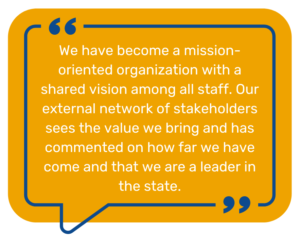
Another positive finding was the impact of a merger or alliance on public visibility and external reputation. 100% of our clients reported success in this area. One respondent shared, “we have become more visible and have a much farther reach that never would have happened without the alliance.” Another stated, “we are now approached by our collaborative partners in the community, because of our reputation of being able to quickly respond to new opportunities, and our success in terms of results.”
Our evaluation also revealed several challenges related to mergers and alliances, including:
- Creating a shared culture
- Coordinating/Merging Operations
- Internal and external communications
- Accepting change
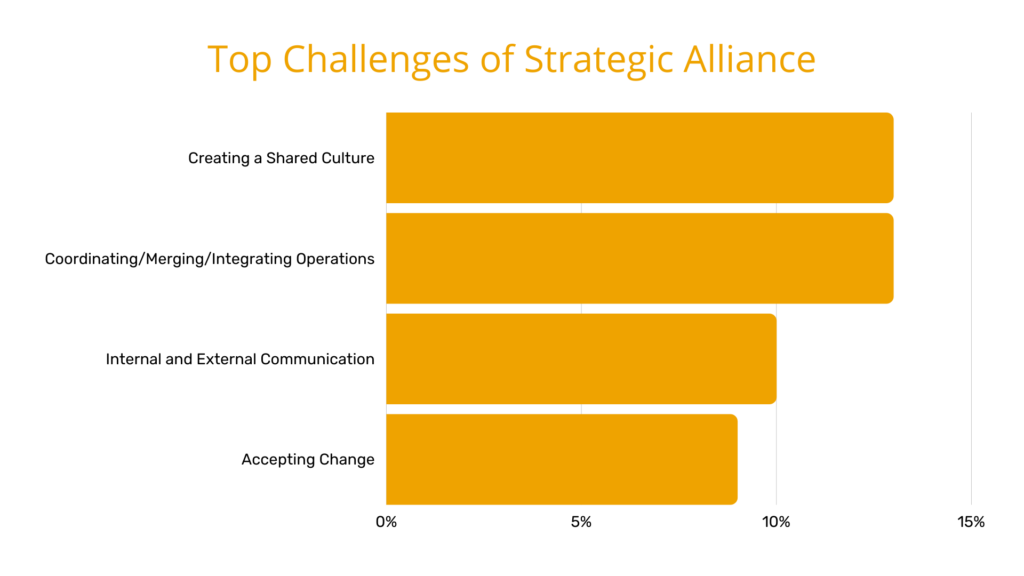
Integrating operations is often more involved and requires a lengthier process than organizations anticipate and philanthropic support for the merger may end before integration is complete. Challenges around accepting change and creating a shared culture were consistent with negative impacts reported on employee well-being.
We also found that although nonprofits very often undertake financial and legal due diligence as part of the merger negotiation process, they are less apt to engage in change management support or business planning. We have learned to weave these into our engagements to the extent possible, but nonprofits considering mergers or alliances should plan and budget for these supports to ensure success.
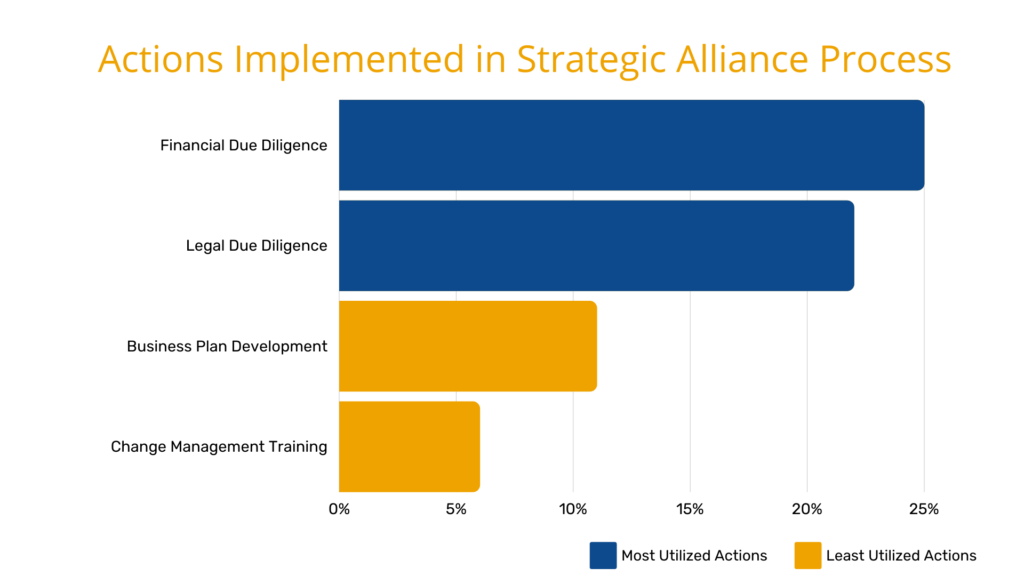
There were some differences in experience between larger organizations and smaller organizations. Nonprofits with budgets over $5 million struggled more with achieving a shared vision than those with budgets under $5 million. Larger organizations also reported more challenges accepting change while smaller organizations reported more conflict between partners.
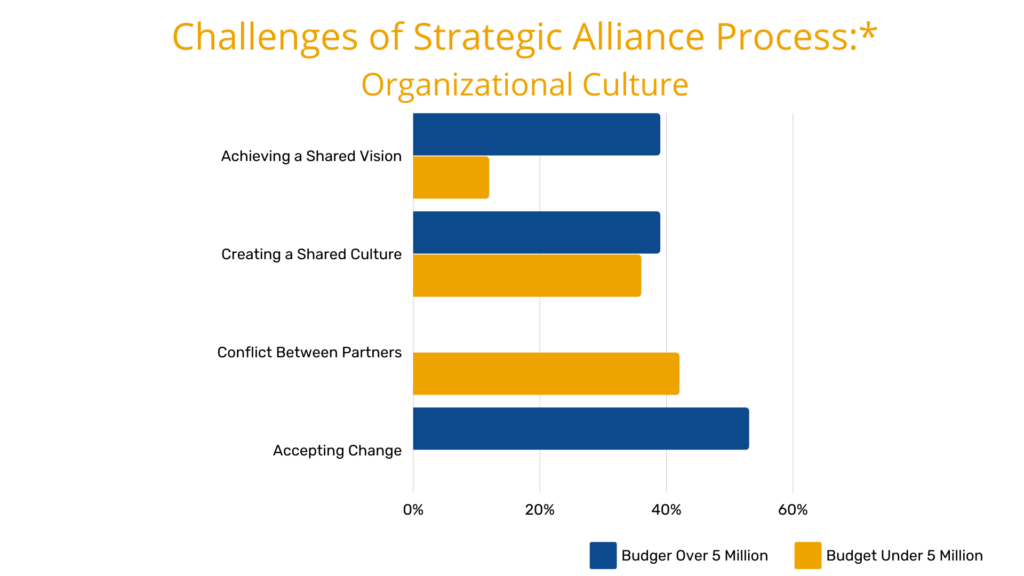
As the world finds new footing post-COVID we plan to incorporate these lessons learned into our consulting practices and we hope that nonprofits find do as well. We believe it is best practice for nonprofits to consider strategic alliances as regularly as they engage in strategic planning. Mergers and alliances are one of many ways to fulfill mission, and they shouldn’t be viewed as an option of last resort but a possible path to greater impact, innovation, and sustainability. They should be considered carefully and there are some pitfalls to be mindful of, but our evaluation shows strong positive impacts that may dispel other concerns.
We plan to continue this evaluation of post-merger surveys of clients at regular annual intervals to collect data on an ongoing basis and will continue to share lessons learned. If you are involved in a merger or alliance and would like to participate in this evaluation, please let us know at info@lapiana.org.


Comment section